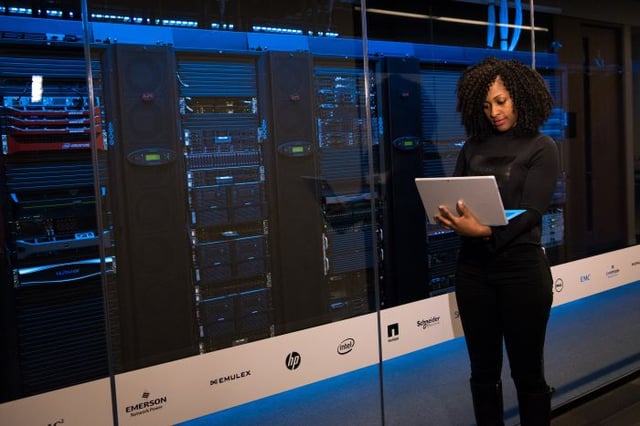Debunking the Top Data Center Myths While most IT organizations may never buy a supercomputer, they should start paying more attention to technology advances occurring in this space for two reasons. The first is that supercomputers are increasingly becoming available as cloud services that organizations can rent. The second is that supercomputer technology advances are […]

Debunking the Top Data Center Myths

While most IT organizations may never buy a supercomputer, they should start paying more attention to technology advances occurring in this space for two reasons. The first is that supercomputers are increasingly becoming available as cloud services that organizations can rent. The second is that supercomputer technology advances are finding their way into mainstream servers faster than ever.
Case in point is the new Intel Xeon Phi processor, codenamed Knight’s Landing, unveiled by Intel today. Capable of providing 3 Teraflops of processing power, the latest generation of Intel Xeon Phi processors, which are due out in 2015, highlights just how much of an application will be able to run completely in memory in the latter half of the decade.
To provide 3 Teraflops of performance, the Intel Xeon Phi processors take advantage of both a new Intel Omni Scale interconnect and a 6GB memory module developed in collaboration with Micron Technology that is five times faster than DDR4 memory.
Mike Black, technology strategist for Micron, says one of the biggest problems with multicore processors today is that too many of them sit idle because they are waiting to access memory. By fundamentally redesigning the memory controller function, Black says the two companies were able to break through the memory wall that had been limiting Intel processor performance.
Obviously, it may take a few years before these and other recent memory advances find their way into mainstream servers. But it’s pretty clear that in a relatively short period of time, the amount of raw compute power available on multicore processors is about to expand by several orders of magnitude.
How exactly all of that compute power will manifest itself in future generations of applications remains to be seen. But the implications of being able to take advantage of 6GB of memory running inside the processor are likely to be fairly profound.
MV
Michael Vizard is a seasoned IT journalist, with nearly 30 years of experience writing and editing about enterprise IT issues. He is a contributor to publications including Programmableweb, IT Business Edge, CIOinsight and UBM Tech. He formerly was editorial director for Ziff-Davis Enterprise, where he launched the company’s custom content division, and has also served as editor in chief for CRN and InfoWorld. He also has held editorial positions at PC Week, Computerworld and Digital Review.









